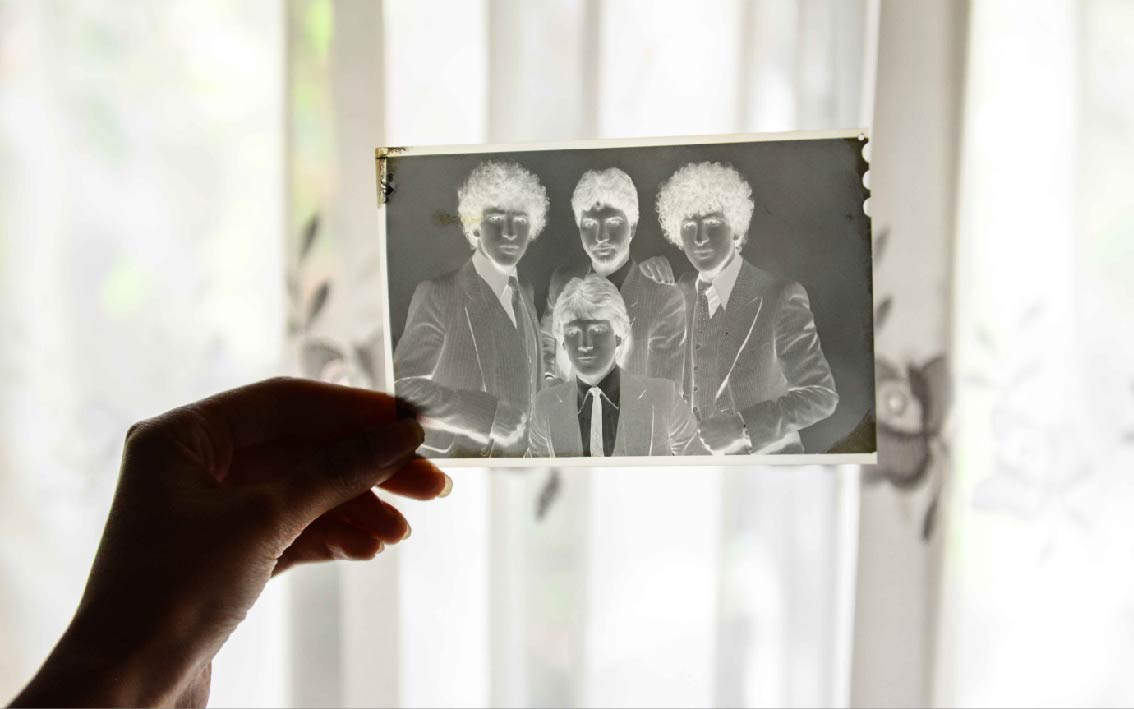


Due to the lack of galleries in the city of Prizren, the first edition of Autostrada Biennale, with the topic “The Future of Borders”, was held in different places, transforming them into galleries and thus opening a discussion about the problem of the lack of galleries in the city. The solution was for every potential point of the city to be transformed into an exhibition space.Some of the spaces used for the exhibition were historic buildings, museums, public places, while the rest of the spaces were private houses inhabited by people. Some of the most distinctive features of these houses are: sustainability over the centuries, nostalgia and various other experiences, as well as the cultural heritage of the city of Prizren. Hospitable people who had no connection to the Autostrada Biennale, opened their doors to the exhibition and in this way met modern art with everyday life in the same sphere.
These two different concepts, which seem to be too far apart, are integrated under the theme of “The Future of Borders” or in Albanian “E Ardhmja e Kufijve.” Such a case of a man who loves art and has lived an entire life with it, is Nafis Lokvica, who turned his home into one of the key points, and also a reference for visitors of Autostrada Biennale. In two large rooms on the last floor of his house, were placed pictures of the establishment of an industrial area and photos of a region under water in Taiwan.This idea was born in a parallel with the floods that happened in 1979 in Prizren, which affected Lokvica’s house. On the upper floor of the house in the third room, a film was projected, the purpose of which was to attract attention to problems of land ownership in China. For many people and families in the city, the problem of land assets has parallels with the distribution of old houses and old lands in Prizren. The artist’s intention to introduce a new idea pushed his work out of his boundaries, while using the space and the integrating art structure of contemporary art in this regard.

